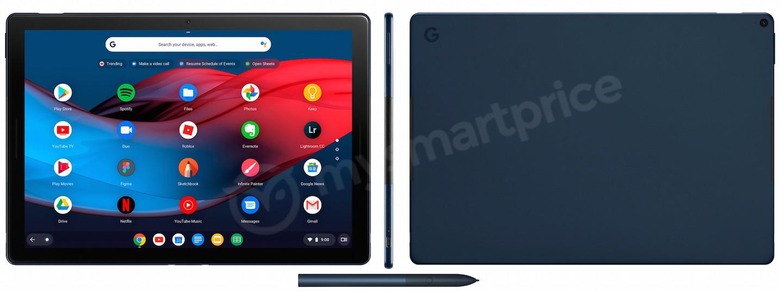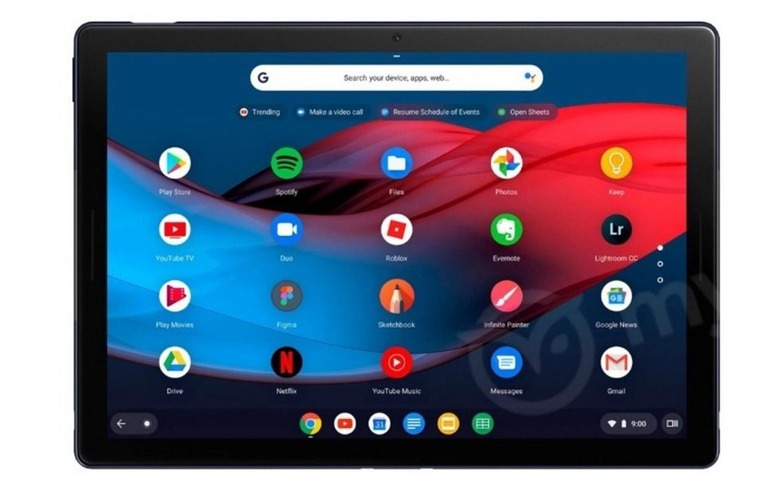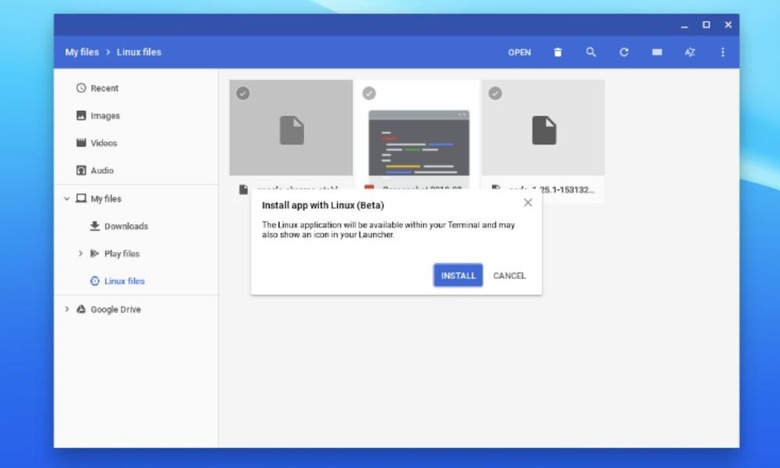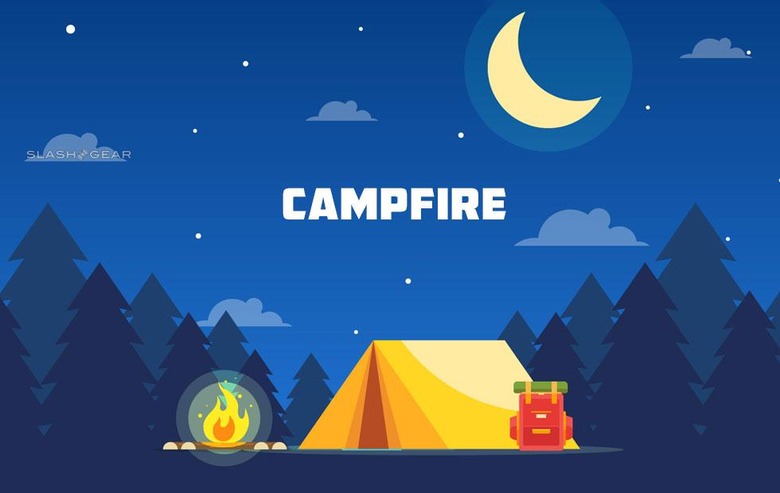Google Pixel Slate: what we know so far
Chrome OS fans, not just Android fans, are just counting down hours before Google's big event. And with good reason. The Pixel Slate, leaked to be the formal name of the Chrombook once known as the "Nocturne" could very well be the Chrome OS device you have been waiting for. Or should be waiting for. Because while Chromebooks and Chrome OS itself started out looking simply like yet another short-lived Google experiment, the Google Pixel Slate might very well demonstrate both Chrome OS' potential as well as its realization.
This isn't the first Pixel-branded tablet. That's the Android-based Pixel C. Nor is it the first Chrome OS tablet, which is the Acer Chromebook Tab 10. Not even the first 2-in-1 Chromebook, a title that belongs to the HP Chromebook x2. It is, however, Google's first 2-in-1 Pixel-branded Chrome OS tablet, and it's a huge departure from other Pixel slates in terms of design. At least based on leaks.

Perhaps mirroring the more subdued two-tone color of the Pixel 3 phones, the Pixel Slate reportedly sports only a single wash of color. It spots a design that has very minimal branding, aside from the almost invisible G in the corner. And unlike the Pixel C, it will rely on pogo pins to connect with an optional keyboard cover, though there er also third-party Bluetooth keyboards to be made available.
The Pixel Slate might also be the most powerful Chromebook to hit the market, with benchmarks pointing to at most an Intel Core i7. Yes, last year's 8th gen at that, it's still saying something. RAM goes from 8 to 16 GB and internal storage can very between eMMC and NVMe SSD options. The screen resolution jumps to 3000x2000 as well while retaining that 3:2 aspect ratio. In other words, it's walking into laptop territory in terms of hardware and configuration options.

And it might very well be your laptop because of the software that will run on it. Yes, it's still Chrome OS at its core and Chrome OS still has the same app limitations as before. Except Google has opted to "fix" that problem by letting it run software from other but related platforms. It may not dual boot Windows 10 at launch (which we still contend might cause problems for Chromebooks in the long run), but the ability to run both Android and Linux programs do more than enough to compensate.

So while the Google Pixel Slate could be one of the most powerful Chromebooks, tablet or otherwise around, and one of the lightest and least cluttered in terms of design, it also represents the maturity of the platform itself and the numerous needs it can now fulfill. For most productivity uses, web apps have got you covered. Apps and games and entertainment? While not great with tablets, Android almost has an app for everything. And when you need to dive deep into software development and system administration, you have the full power of Linux in your hands.

Save for a few key Windows-only software, Chrome OS has become the OS for everyone and Google might position the Pixel Slate as, finally, the tablet for everyone and every use case. Now to wait if it also has a price tag everyone can afford as well.
